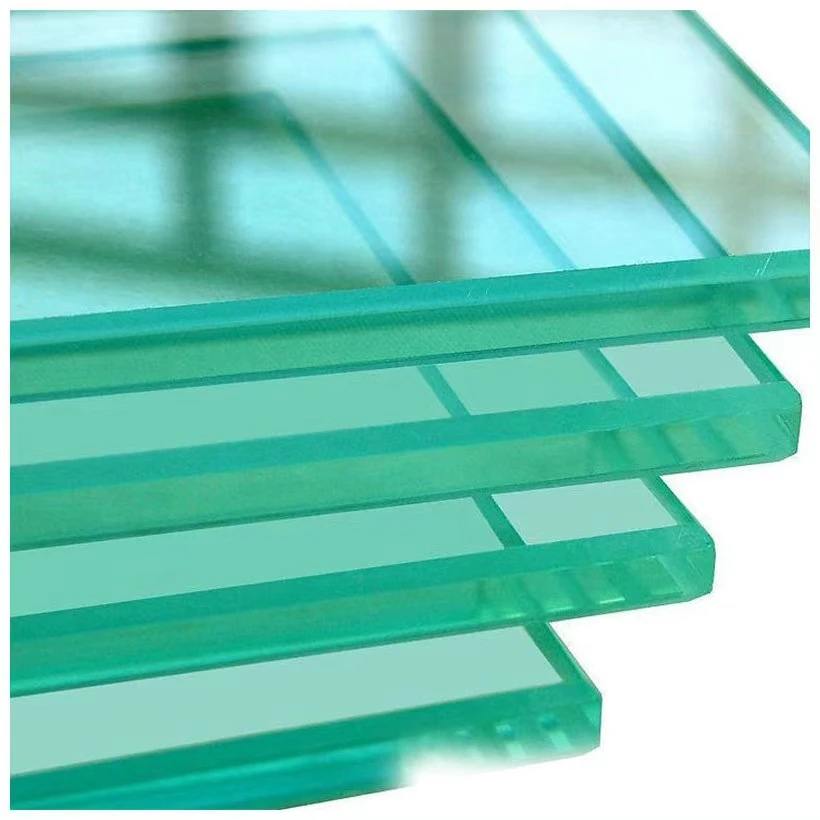ئۆكتەبىر . 06, 2024 16:54
The Art and History of Decorative Stained Glass
Stained glass has stood the test of time as a symbol of artistic expression and craftsmanship. Often associated with churches and cathedrals, its beauty transcends the sacred spaces where it is typically found, becoming an emblem of creativity and cultural heritage. This article delves into the history, techniques, and modern applications of decorative stained glass, shedding light on its enduring appeal.
A Historical Perspective
The origins of stained glass can be traced back to the Roman Empire, where colored glass was used in decorative patterns. However, it was during the Gothic period, from the 12th to the 16th century, that stained glass truly flourished. The great cathedrals of Europe, such as Notre-Dame in Paris and Chartres Cathedral, featured magnificent stained glass windows depicting biblical stories, saints, and intricate designs. These masterpieces served not only an aesthetic purpose but also an educational one, as they conveyed religious narratives to an illiterate populace.
With the Renaissance came a shift in the use of stained glass, as artists began to experiment with more secular themes. This period saw a surge in the use of stained glass in palaces, civic buildings, and private homes. Techniques became more refined, allowing for greater detail and complexity. The art form continued to evolve through the Baroque and into the Arts and Crafts Movement of the late 19th century, where artisans like Louis Comfort Tiffany and John LaFarge popularized the use of opalescent glass, bringing new textures and colors to the medium.
Techniques in Stained Glass Creation
The creation of stained glass is an intricate process that requires a combination of artistry and skill. The primary technique involves coloring glass using metal oxides and then shaping it into desired forms. Traditional stained glass is made by cutting pieces of colored glass and assembling them using lead came—a framework of lead strips. The glass pieces are sometimes painted or engraved to add details before being kiln-fired to set the design.

Another notable technique is the use of glass diffusion, where finely textured or opaque materials are used to create depth and subtlety in light penetration. Modern glass artists often incorporate new materials, such as glass frit and dichroic glass, which responds uniquely to light, expanding the creative possibilities.
Modern Applications of Stained Glass
Today, decorative stained glass is not limited to religious spaces. It is increasingly finding its way into private homes, public buildings, and commercial establishments. Artists are now creating custom stained glass panels for doors, windows, skylights, and room dividers, bringing elegance and individuality to contemporary designs.
Interior designers have embraced stained glass for its ability to transform a space. The soft, filtered light cast through a stained glass panel can create a serene atmosphere while adding vibrant color to the environment. Whether used in minimalist designs or as part of more elaborate decor, stained glass offers a unique way to enhance both aesthetics and functionality.
Furthermore, the revival of artisanal craftsmanship has led to a resurgence in interest in stained glass. Workshops and courses are increasingly popular, allowing new generations of artists to explore this ancient art form. With the rise of sustainable practices, many modern glass artists are focusing on eco-friendly materials, integrating recycled glass, and emphasizing sustainable production methods in their work.
Conclusion
Decorative stained glass remains a vital form of artistic expression that bridges history and modernity. Its ability to evoke emotion, tell stories, and beautify spaces ensures its place in both sacred and secular environments. As artists continue to innovate and adapt traditional techniques, the future of stained glass promises to be as vibrant as the colors it reflects. Whether in the form of a grand cathedral window or a small decorative panel in a home, stained glass continues to inspire awe and admiration, inviting us to appreciate the interplay of light and color in our everyday lives. With its rich history and contemporary significance, stained glass art remains a beloved and cherished aspect of cultural heritage worldwide.
The Role of Mirror Glass in Luxury Interior Design
NewsJun.23,2025
The Best Textured Glass for Bathroom Windows
NewsJun.23,2025
Residential Glazing Energy Efficiency Requirements
NewsJun.23,2025
Float Glass Uses
NewsJun.23,2025
Clear Float Glass For Solar Panel Covers
NewsJun.23,2025
Benefits Of Using A Glass Mouse Pad Over Traditional Ones
NewsJun.23,2025